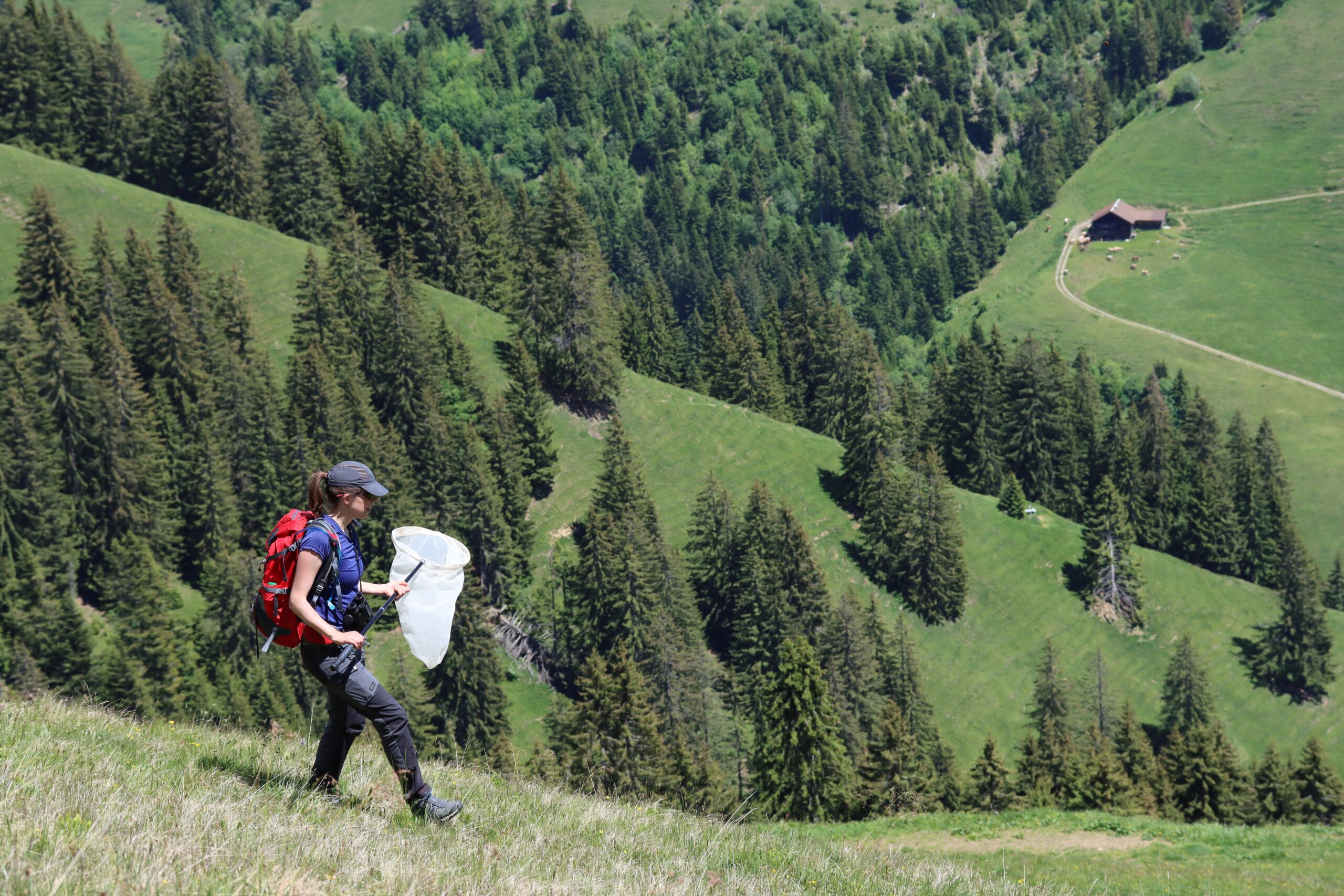Looking at images of Switzerland on tourism websites and chocolate boxes, you’d be forgiven in assuming wildlife was flourishing in this idyllically beautiful part of the world. Sadly, it’s not the case. Dry meadows – which are habitat for more than 30% of the country’s living species, including flowers, grasshoppers, butterflies, reptiles and birds – have reduced by 90% since 1950 due to intensive agriculture, urbanization and scrub encroachment.
For the past ten years, A Rocha Switzerland has supported farmers and other landowners and operators to manage the meadows in a way that protects biodiversity. Last year alone, A Rocha ran 12 ‘nature action days’ during which 107 volunteers removed invasive plants, cleared bushes and helped the farmers make their land more suitable for sensitive species. In addition, they carried out inventories of Lepidoptera (butterflies), Orthoptera (grasshoppers and crickets) and flora on 11 parcels of dry meadow habitat. They logged a total of 71 species of Lepidoptera – including 16 on the Swiss Red List of threatened species – and 29 species of Orthoptera, including 12 on the Swiss Red List. The scientific reports and inventory data have been shared with the cantons and the Swiss fauna mapping centre.
Ursula Peutot, A Rocha Switzerland’s Executive Director says, ‘We believe that the work we do in the dry meadows is very important. Not many nature conservation organizations focus on this area, and it is important to biodiversity in Switzerland. The work we do with the farmers and the contact with them is also key, that they may get practical help for preserving nature and not just feel like they are the ones made responsible for biodiversity loss when it is our global society that has taken them there.’



